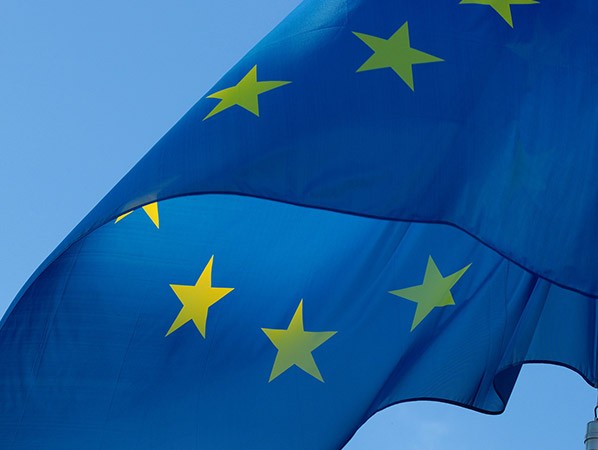
According to a new report by the European Court of Auditors, the EU's system for protecting consumers from chemical hazards in food is currently too ambitious, although it has a solid basis and is respected globally. The European Commission and the Member States do not have the capacity to fully implement the system, according to the auditors.
The EU food safety policy aims at a high level of protection of human life and health and should protect EU citizens from three types of food-related hazards: physical, biological and chemical. This audit focused on chemical hazards.
The auditors found that the EU's food safety model is respected globally, but is currently too ambitious. According to them, the legal framework relating to chemicals in food, feed, plants and live animals remains in place and has not yet been implemented to the extent envisaged by EU food production laws. Moreover, the European Food Safety Authority, which provides scientific advice for European policy making, is lagging behind in its work on Chemicals. This affects the proper functioning of parts of the system and the shelf life of the model as a whole.
The EU has restricted the use of certain pesticides based on hazard criteria. The auditors explain that residues of such pesticides can nevertheless be tolerated in products imported into the EU when a risk assessment has shown that there is no risk to consumers.
The auditors also identified limitations to the control system, e.g. Member States have difficulties in determining the nature of enforcement measures in cases of non-compliance.
Source: © De Rekenkamer